Rising Gold Prices
The Gold Loan Market is currently experiencing a surge in demand due to rising gold prices. As gold becomes more valuable, individuals are increasingly leveraging their gold assets to secure loans. This trend is particularly pronounced in regions where gold is culturally significant, leading to a higher propensity for gold loans. In recent years, the price of gold has shown a consistent upward trajectory, which enhances the attractiveness of gold loans as a financial product. Borrowers are more inclined to utilize their gold holdings, knowing that the collateral value is likely to appreciate. This dynamic not only boosts the volume of loans issued but also encourages lenders to expand their offerings within the Gold Loan Market, thereby fostering a more competitive landscape.
Evolving Consumer Preferences
The Gold Loan Market is witnessing a shift in consumer preferences, with more individuals opting for gold loans over traditional personal loans. This change is driven by the perception of gold loans as a quicker and more convenient financing option. Unlike conventional loans, which often require lengthy approval processes, gold loans can be disbursed rapidly, sometimes within hours. This immediacy appeals to consumers facing urgent financial needs. Additionally, the flexibility in repayment options offered by many lenders further enhances the attractiveness of gold loans. As consumer behavior continues to evolve, the Gold Loan Market is likely to adapt, leading to innovative product offerings that cater to the changing demands of borrowers.
Increased Financial Inclusion
The Gold Loan Market is benefiting from a broader push towards financial inclusion. Many individuals, particularly in developing regions, lack access to traditional banking services. Gold loans present an accessible alternative, allowing individuals to obtain credit without the need for extensive documentation or credit history. This trend is particularly relevant in rural areas, where banking infrastructure may be limited. As financial institutions recognize the potential of gold loans to serve underbanked populations, they are likely to enhance their product offerings. The increasing awareness of gold loans as a viable financial solution is expected to drive growth in the Gold Loan Market, as more individuals seek to leverage their gold assets for financial stability.
Regulatory Support for Gold Loans
The Gold Loan Market is likely to benefit from favorable regulatory frameworks that support the growth of gold lending. Governments in various regions are recognizing the potential of gold loans as a means to enhance financial stability and promote economic growth. Regulatory bodies may introduce policies that facilitate easier access to gold loans, thereby encouraging financial institutions to expand their offerings. This supportive environment can lead to increased competition among lenders, ultimately benefiting consumers through better rates and services. As regulatory landscapes evolve, the Gold Loan Market is expected to experience growth, driven by a combination of supportive policies and rising consumer demand.
Technological Integration in Lending
The Gold Loan Market is increasingly influenced by technological advancements that streamline the lending process. Digital platforms are emerging, allowing borrowers to apply for gold loans online, thereby reducing the time and effort involved in securing financing. This technological integration not only enhances customer experience but also enables lenders to assess risk more effectively through data analytics. The rise of fintech companies specializing in gold loans is indicative of this trend, as they leverage technology to offer competitive rates and personalized services. As technology continues to reshape the lending landscape, the Gold Loan Market is poised for significant transformation, potentially attracting a younger demographic that values convenience and efficiency.


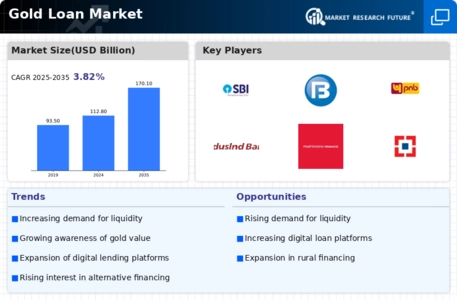
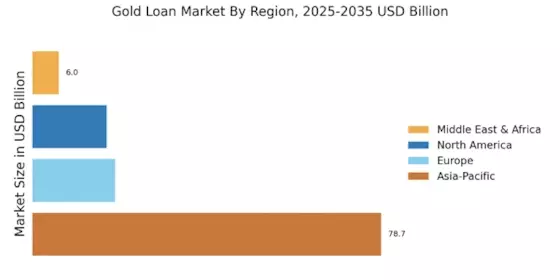
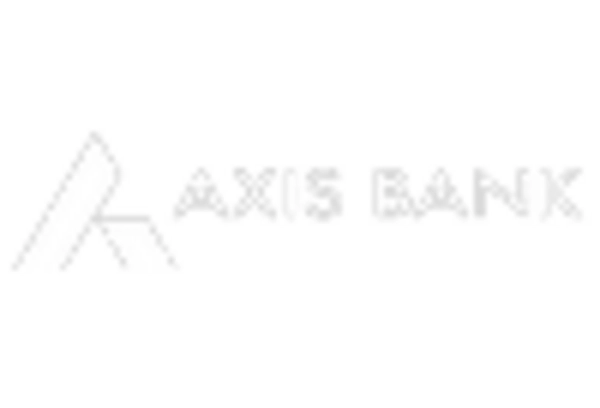
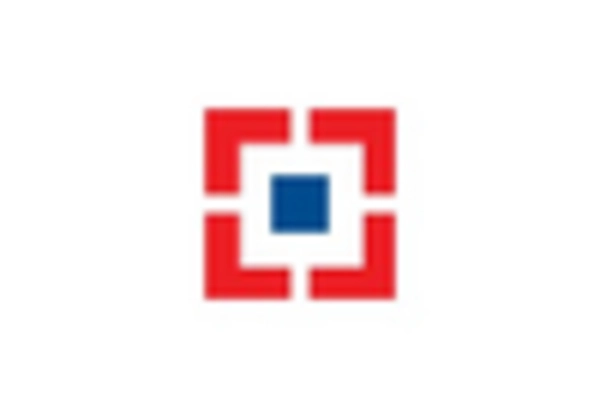
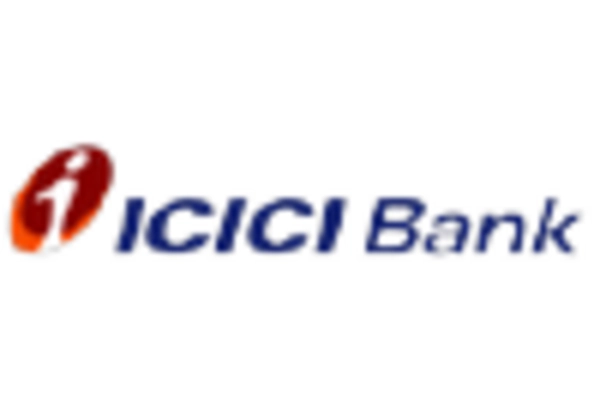
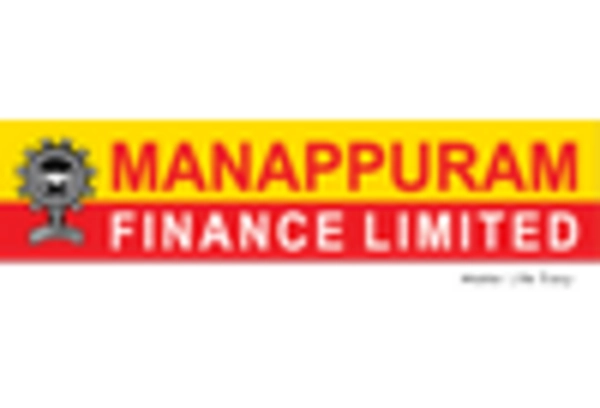










Leave a Comment